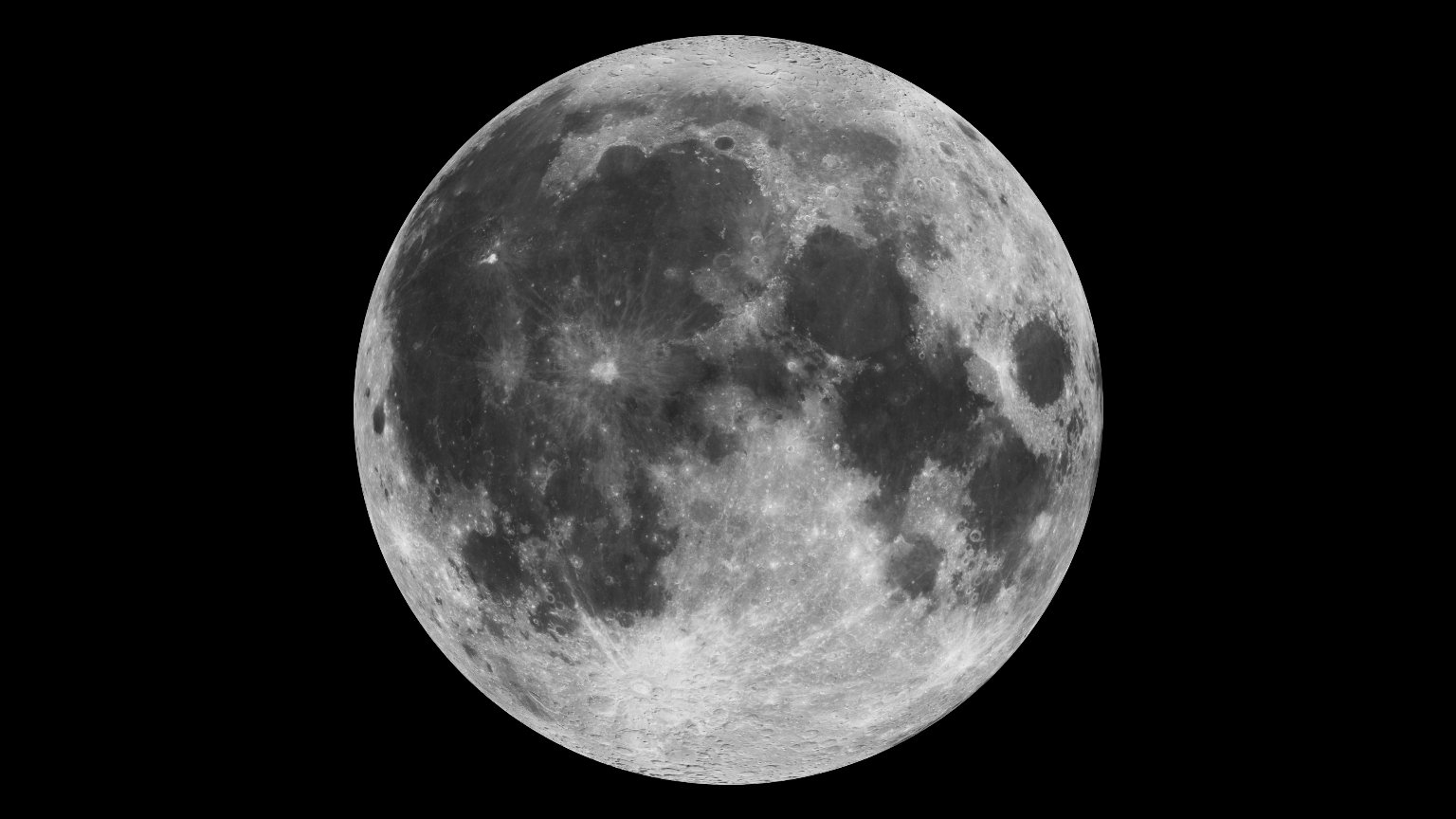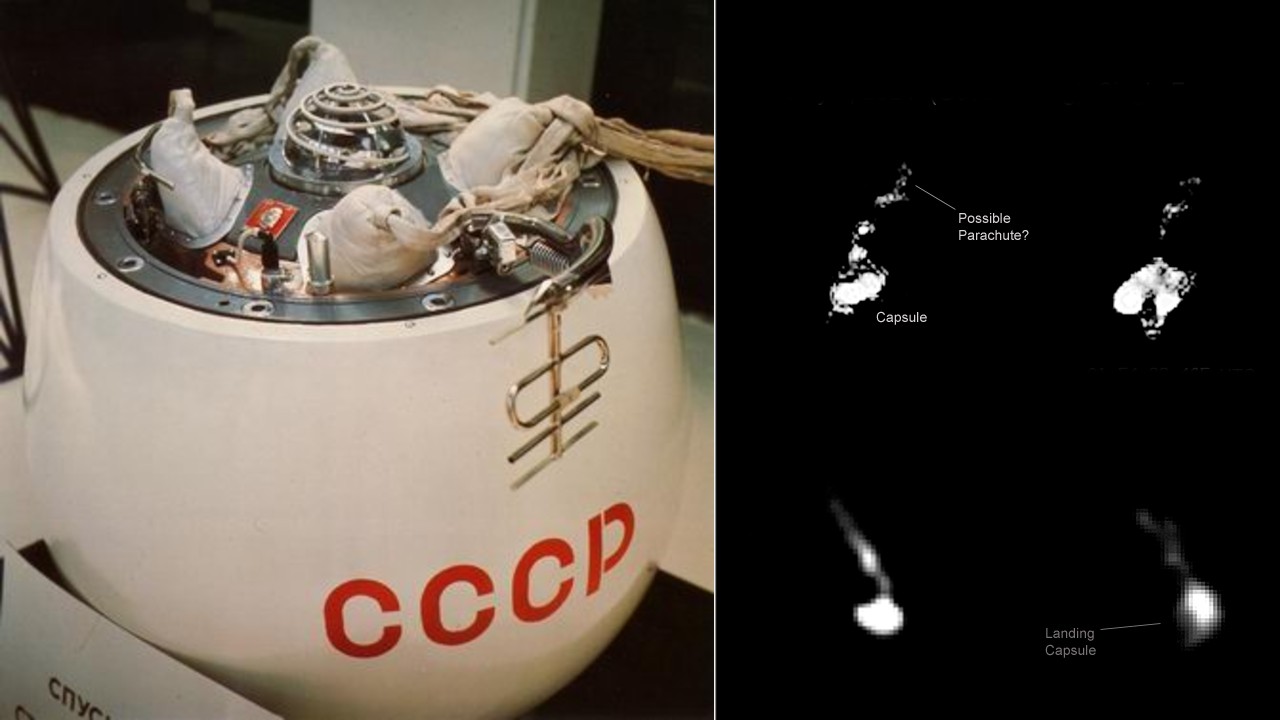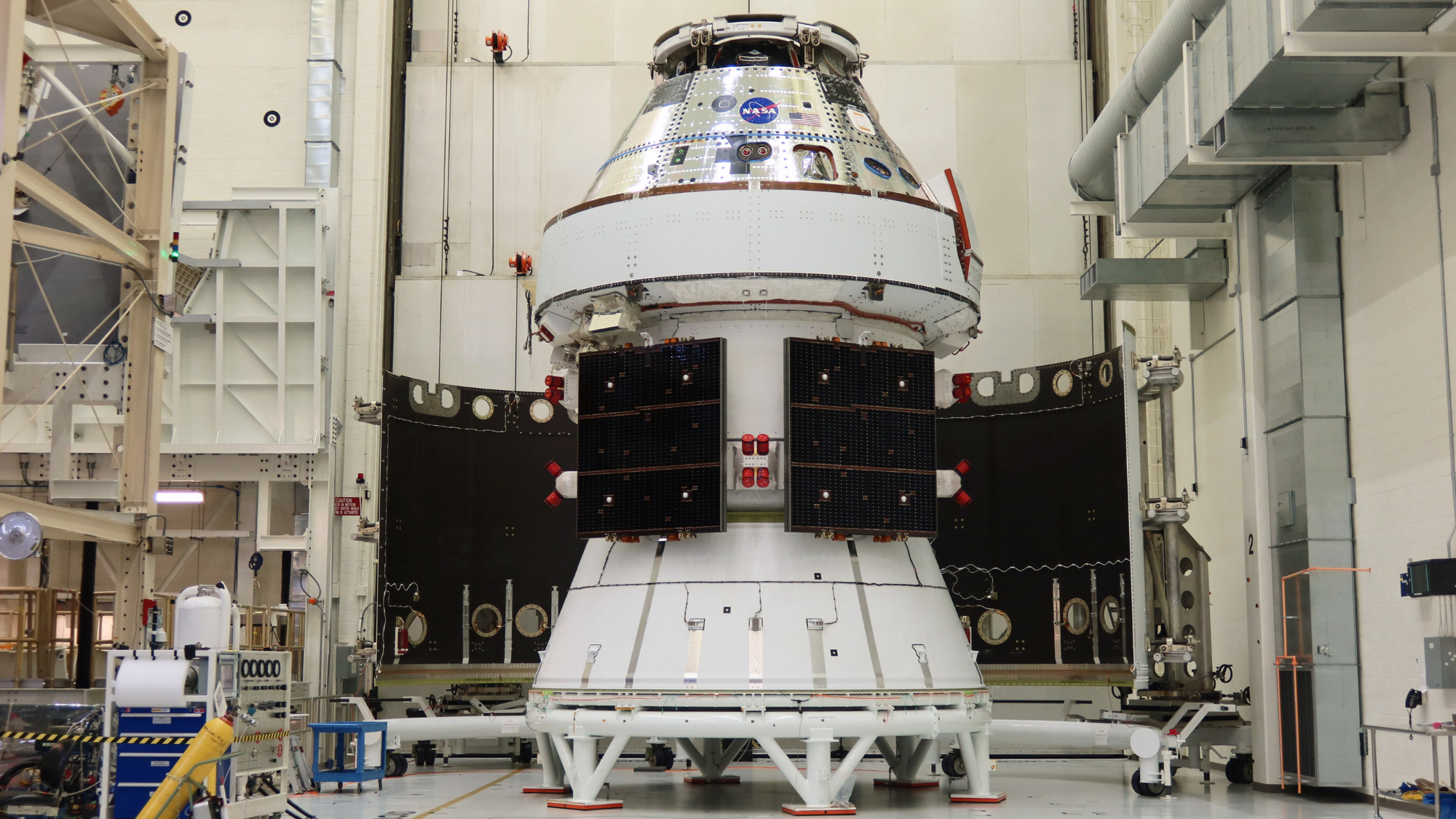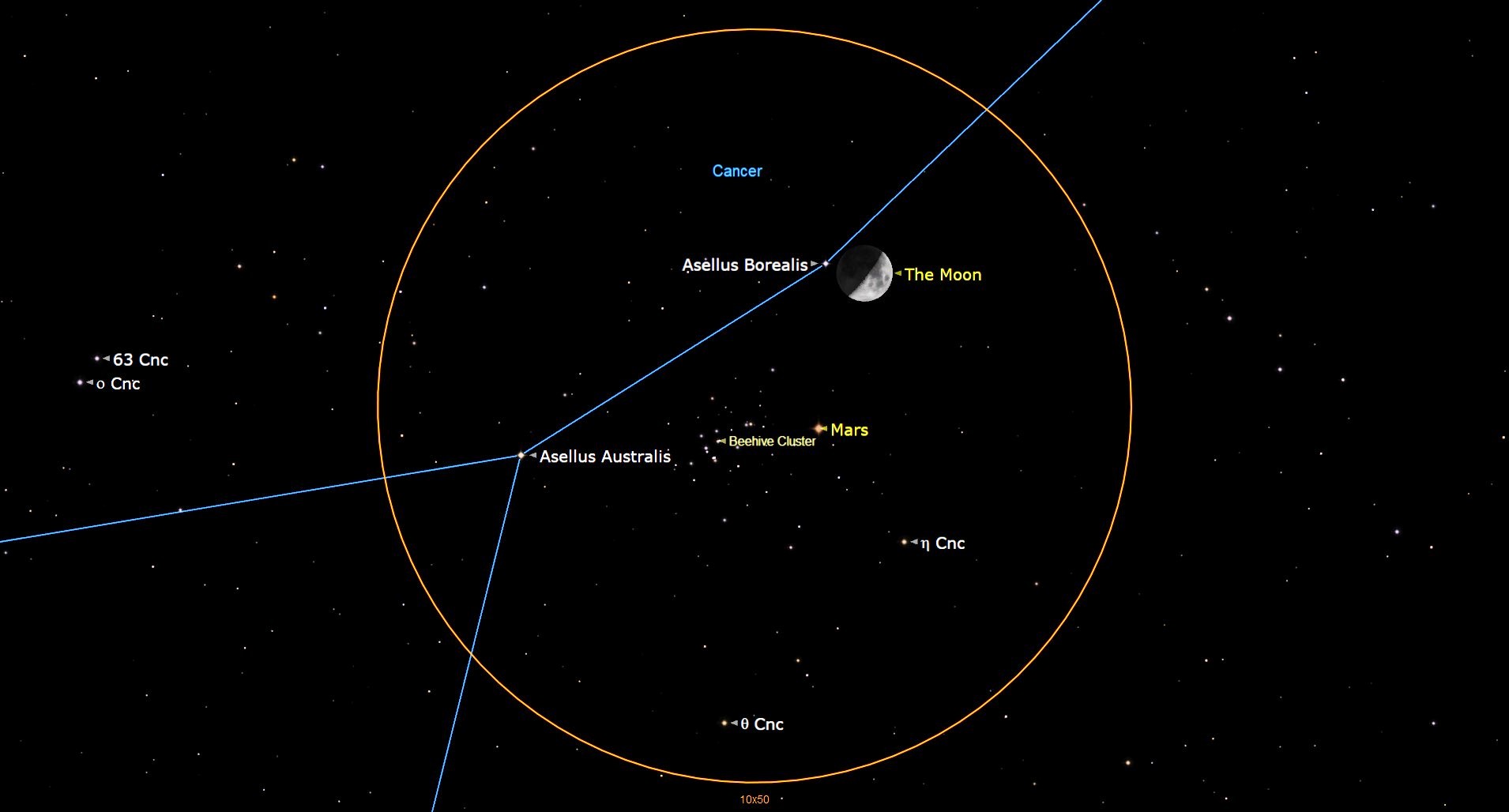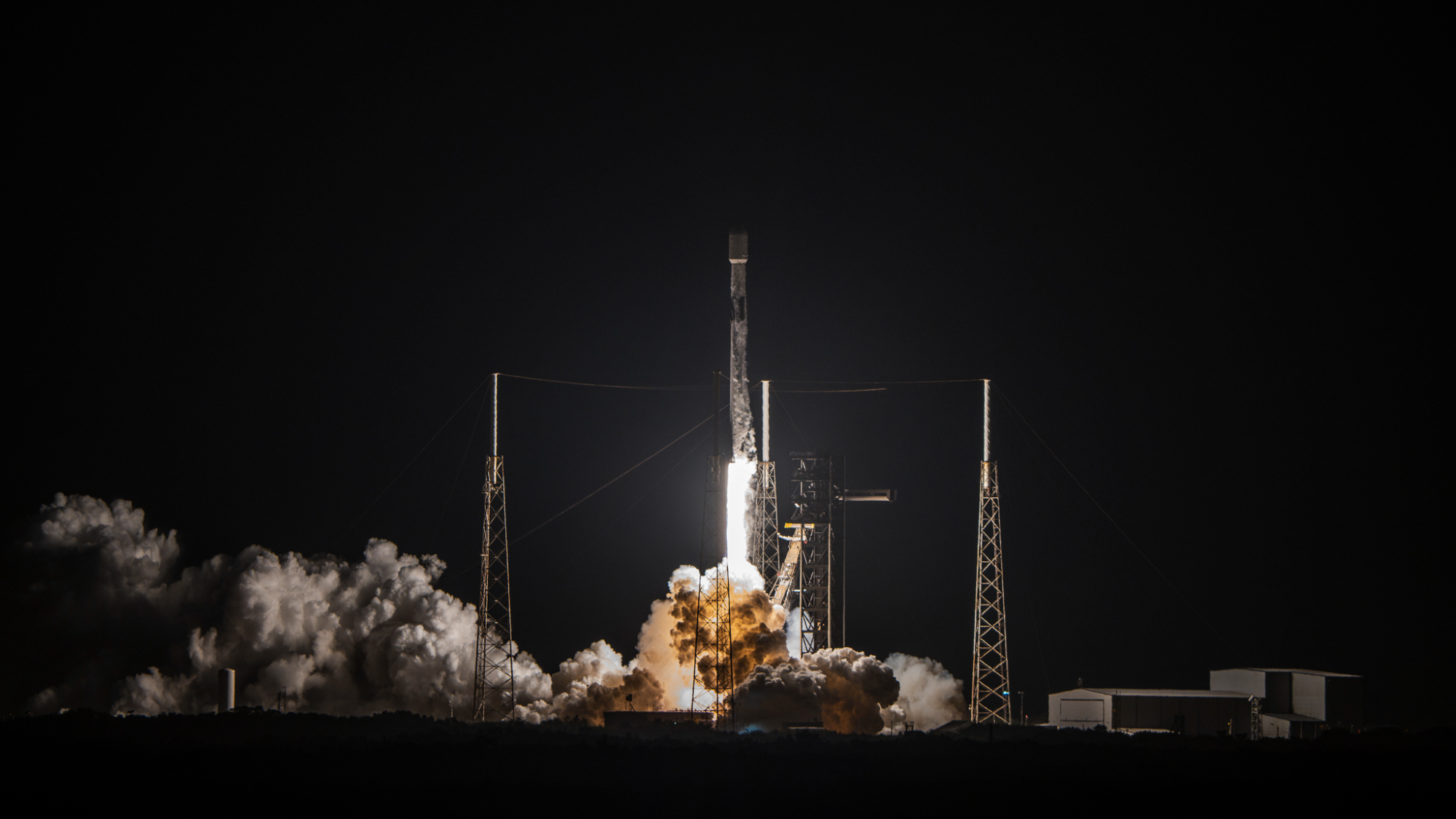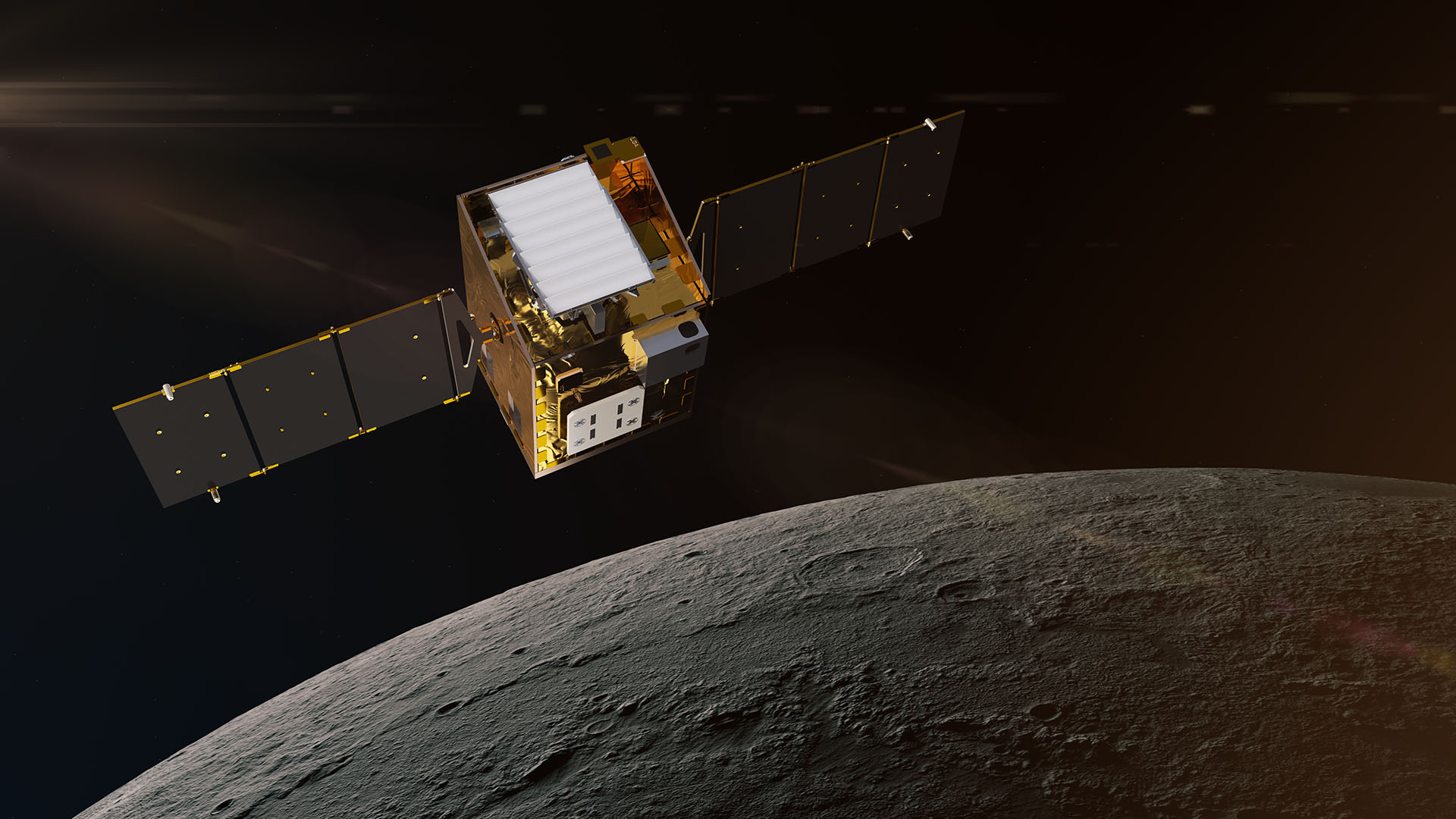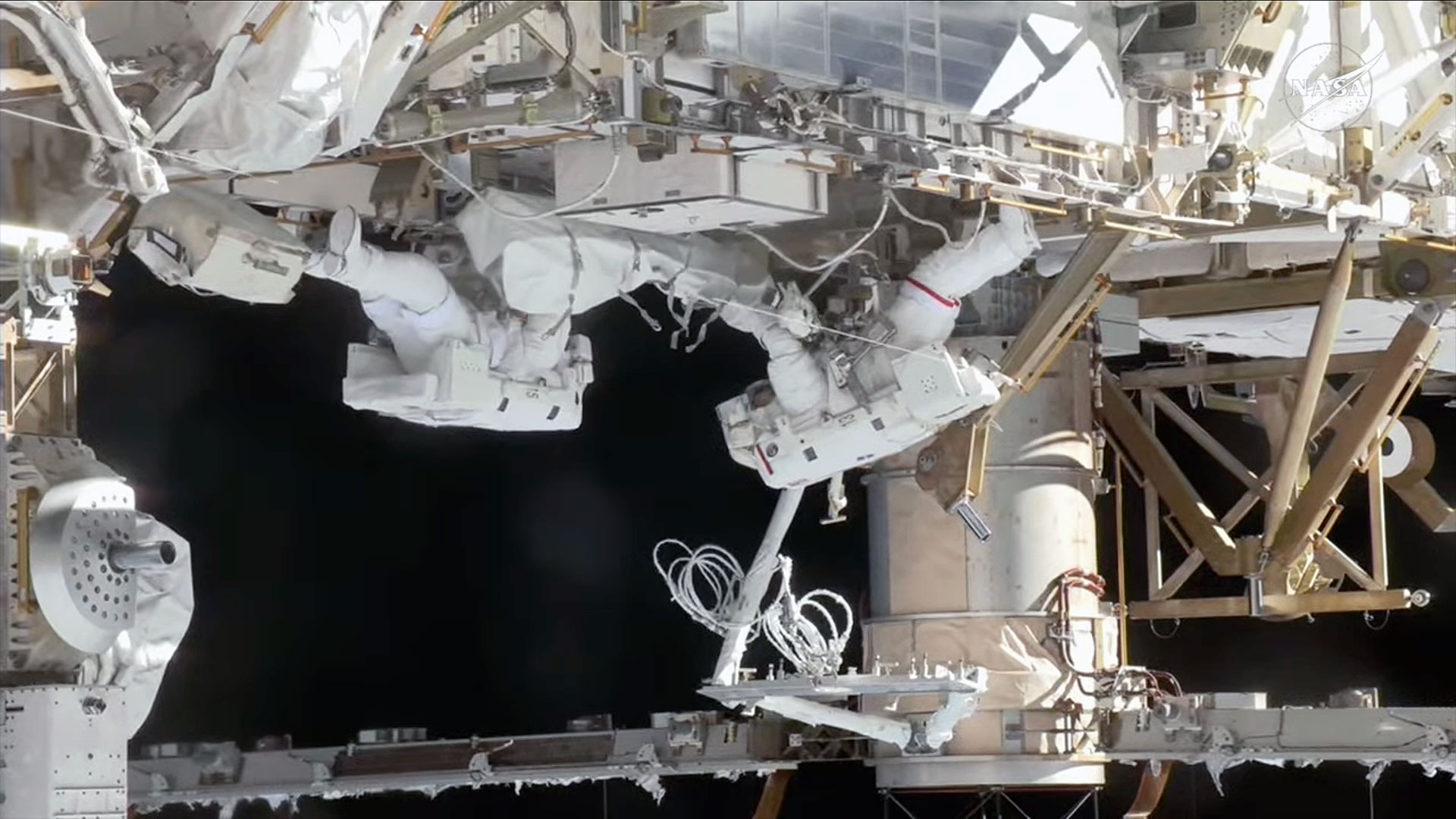Asteroid Threat Early Warning System Proposed
HONOLULU, Hawaii ? Scientistsare taking a hard look at a proposal to keep a high-tech, yet low-cost, eye onthe heavens for asteroids or comets that may have Earth in their crosshairs.
The proposalis dubbed ATLAS ? short for the Asteroid Terrestrial-impact Last Alert System ?and calls for two telescopes to serve as an early warning system againstincoming asteroids.Scientists hope such a system could provide many hours or days notice of animpending Earth impact.
Leading the ATLAS effort hereare space scientists John Tonry and Robert Jedicke of the Institute forAstronomy at the University of Hawaii.
As sketched out, the proposedATLAS project would include two observatories separated by about 60 miles (100km) that can simultaneously scan the entire night sky visible from theirlocations twice a night. Each observatory would be composed of fourcommercially available telescopes, with two at each site observing the sameregion of the sky. [5reasons to care about asteroids.]
The difference in apparentposition of an object when viewed along two different lines of sight ? calledparallax ? offered by the observing stations would provide a way of separatingnearby and distant moving objects. As designed, the system would have a searchrange of about 10 times the distance between the Earth and the moon. Theaverage distance to the moon 238,900 miles(384,402 km).
Expanding the system to fourgeographically well-separated sites (which calls for eight observatories, twoper site) could allow astronomers to watch the entire sky for asteroids andbolides ? meteors that hit Earth's atmosphere and explode. The telescopes wouldbe arranged in pairs at two sites in the northern hemisphere and two in thesouthern hemisphere.
Trio of technologies
Get the Space.com Newsletter
Breaking space news, the latest updates on rocket launches, skywatching events and more!
?It?sa time for this technology right now,? said Robert Jedicke, a co-investigatorfor ATLAS.
Jedickepointed out that what makes ATLAS possible is the melding of a trio oftechnologies:
- Digital camera and large, high-quality charge-coupled device (CCD) arrays can be fashioned at affordable prices.
- Small telescopes with exquisite optics are available that cover a large field of view.
- High-speed computers allow the processing of data on a nightly basis.
?Allthose three things had to come together. You couldn?t do this project fiveyears ago,? Jedicke told SPACE.com. ?And we want to be the first people to doit.?
Bystarting off small with just two ATLAS observatories, a good part of the jobcan be accomplished, Jedicke said.
"Youneed about one million dollars in order to get one of these units. They can beinstalled at small colleges, in various countries around the world," headded. "Anybody can buy into it.?
Tonry said that ATLAS is officially aproject, albeit on paper, since it has been proposed to NASA for funding.
Considerable effort has already beenperformed to calculate the effectiveness of ATLAS against asteroids of varioussizes, as well as work on the camera design and alternative telescope schemes,he added.
Posterchild: asteroid 2008 TC3
Whenit comes to disaster early warning systems, Jedicke stressed that there is adifference between asteroid impacts and earthquake, hurricane or tornadopredictions.
?Witha tornado you can give a little bit of warning. A day or two of warning can bedone for a hurricane. An earthquake, you?ve got no warning at all,? Jedickeexplained.
?Butwith asteroid impacts, we can do something about them, providing people weeksto years to hundreds of years of notice," he added. "It?s adistinctly different kind of natural threat than all the other natural threatsout there.?
ATLASwould be ideal to spot objects en route to Earth like Asteroid2008 TC3 that crashed into the Earth?s atmosphere in 2008.
?Thatobject is like the poster child for what we want to do,? Jedicke said. ?Ofcourse, there?s the practical aspect of realizing that we can actually findthese objects before the hit, predict they are going to hit, and then go findchunks.
?Oncewe get ATLAS running, we?ll be able to find an object like TC3 at least once ayear. We can predict exactly when it?s going to hit," Jedicke added.That?s also scientifically very important.?
Crashsite
Asteroid2008 TC3 was a small object that impacted in northern Sudan on Oct. 7, 2008.The asteroid was shaped like a loaf of walnut-raisin bread, according toastronomer Peter Scheirich and colleagues at Ondrejov Observatory and CharlesUniversity in the Czech Republic.
Moreimportantly, it was the first space rock to have been spotted in space byground observers before the asteroidhit Earth.
Theasteroid was discovered by the automated Catalina Sky Survey telescope at MountLemmon, Arizona on Oct. 6, 2008. Early calculations showed an impact 19 hoursafter discovery with a forecast of the impact spot pinpointed in the NubianDesert of northern Sudan.
Afollow-up trek to the crash site was orchestrated by Peter Jenniskens, aresearch scientist at the SETI Institute in Mountain View, Calif. ? a searchaided by Sudan astronomer Muawia Shaddad and 45 students of the University ofKhartoum. By carefully sweeping the desert, hundreds of asteroid fragments wererecovered.
Theresult is a gigantic jigsaw puzzle from which researchers are creating apicture of the asteroid and its origins, Jenniskens emphasized duringMeteoroids 2010, a meeting of international experts held earlier this year inBreckenridge, Colorado. That gathering also received a briefing on ATLAS byJedicke.
Systematiclast-minute warning
Castingan interested eye on the ATLAS proposal is former Apollo astronaut, Russell(Rusty) Schweickart, Chairman of the Board of the B612 Foundation, a non-profitprivate foundation that champions the development and testing of a spaceflightconcept to protect the Earth from future asteroidimpacts.
Schweickartis founder and past president of the Association of Space Explorers, theinternational professional society of astronauts and cosmonauts. Of late, he?sbeen busily working on implementation issues regarding a near-Earth objectInformation, Analysis, and Warning Network for consideration by the UnitedNations.
?ATLASis the first specific telescopic system designed to provide a last-minutewarning for asteroids in final approach to an Earth impact,? Schweickart toldSPACE.com.
Asthe first NEO discovered immediately pre-impact -- for which an impact time andlocation were forecast, and from which fragments were collected immediatelyafterward for analysis ? that event highlighted the potential for systematiclast-minute warning, Schweickart said.
?Itappears that for roughly 60 percent of impactors roughly 100 to 130 feet (30 to40 meters) in size, days of warning can be provided. For objects to some 450feet (140 meters) and above in size, weeks of warning are possible,? he added.
Anattractive feature of the proposed ATLAS system, Schweickart said, is the lowcost, due primarily to the use of small off-the-shelf commercially availabletelescopes, combined with available software adapted from the Panoramic SurveyTelescope and Rapid Response System (Pan-STARRS)- an innovative design for a wide-field imaging facility also being developedat the University of Hawaii?s Institute for Astronomy.
?Ifthe cost can in fact be held down to the vicinity of $1 million dollars, oncein production, then serious amateur astronomy groups, university astronomydepartments, and others distributed around the world could become an integralpart of a warning, as well as discovery, network,? Schweickart said. ?Veryexciting.?
- Gallery - Asteroids Up Close, Astronauts on Asteroids
- Will an Asteroid Hit Earth? Are We All Doomed?
- NASA Panel Calls for Asteroid Defense Office
LeonardDavid has been reporting on the space industry for more than five decades. Heis past editor-in-chief of the National Space Society's Ad Astra and SpaceWorld magazines and has written for SPACE.com since 1999.
Join our Space Forums to keep talking space on the latest missions, night sky and more! And if you have a news tip, correction or comment, let us know at: community@space.com.

Leonard David is an award-winning space journalist who has been reporting on space activities for more than 50 years. Currently writing as Space.com's Space Insider Columnist among his other projects, Leonard has authored numerous books on space exploration, Mars missions and more, with his latest being "Moon Rush: The New Space Race" published in 2019 by National Geographic. He also wrote "Mars: Our Future on the Red Planet" released in 2016 by National Geographic. Leonard has served as a correspondent for SpaceNews, Scientific American and Aerospace America for the AIAA. He has received many awards, including the first Ordway Award for Sustained Excellence in Spaceflight History in 2015 at the AAS Wernher von Braun Memorial Symposium. You can find out Leonard's latest project at his website and on Twitter.
